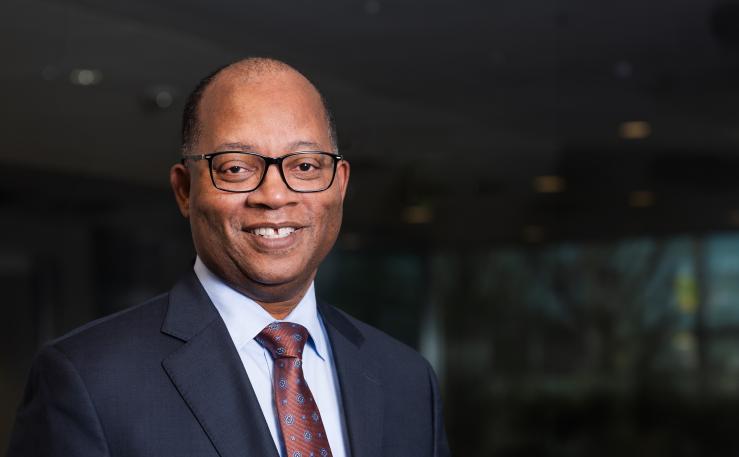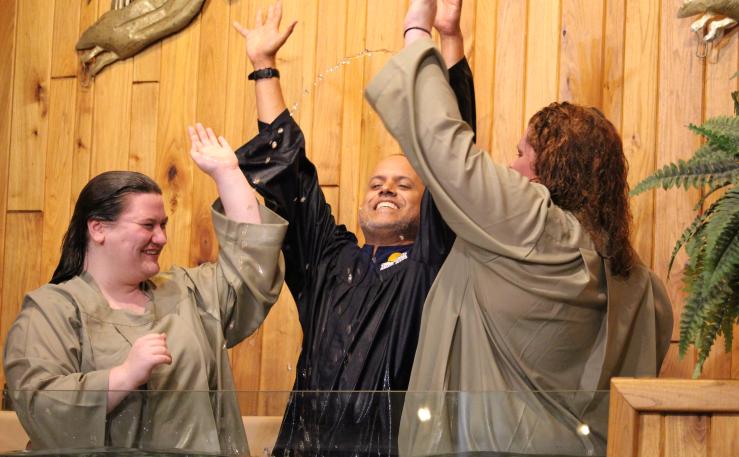Story by Daniel Granderson / Image by Mars P on Flickr
The four pillars of STEM—science, technology, engineering and mathematics—already shape nearly every aspect of our lives, and Adventist educational leaders, if interested in staying relevant in a business-minded world, must embrace its effects. It’s becoming clear that American business leaders of tomorrow are the STEM students of today.









